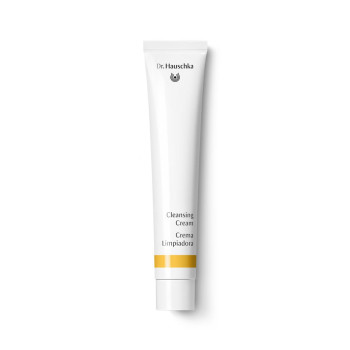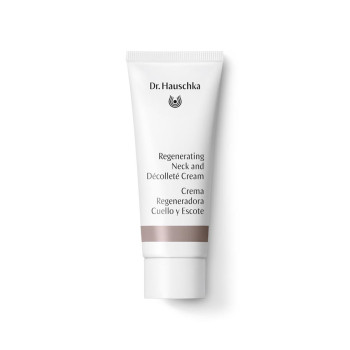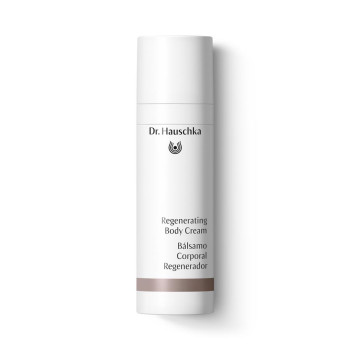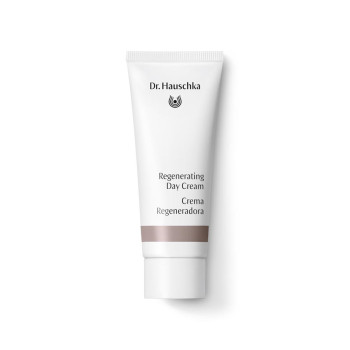
Acerola
Synonyms: Barbados cherry, West Indian cherry
Scientific Name: Malpighia punicifolia L.
Family: Malpighiaceae (Barbados cherry family)
Habitat
The Yucatan peninsula in Mexico
Constituents
Fruits: vitamin C, vitamin B6, provitamin A as well as iron, calcium, magnesium, thiamine, riboflavin, niacin.
Description
Although its fruits are described as cherries, acerola is not related to our own native cherry, which is a member of the rose family. The red, very sour acerola fruits are one-third to one inches in diameter and at first sight do indeed resemble extremely red cherries. However, this red has paler tints running through it, and star-shaped, dried remains of the flower can be seen at the base of the fruit. In this it resembles the apple. Inside the fruit are numerous stone-like seeds. The evergreen acerola plant belongs to the Barbados cherry family. It is native to the tropics and grows either as a bushy shrub close to the ground and prostrate or in the form of a small tree which can reach a height of three to ten feet. Young branches bear split hairs and green bark. On older branches the bark is smooth and may be covered in cork pores. The leathery leaves are an elongated oval shape. From June to July the acerola tree bears somewhat exotic-looking flowers which can be up to 3/4 inch in diameter. Five pink petals radiate like the sails of a windmill from the middle of the flower, at the centre of which the pollen-yellow stamens stand tall and upright. The flowers do not produce nectar. Instead, the petals bear oil glands called elaiophores, whose oily secretions attract pollinating bees.
Interesting Facts
Swedish taxonomist Carl von Linné (1707-1778) created the scientific name Malpighia in honour of Marcello Malpighi (1628-1694). The Italian physician, anatomist and physiologist was a professor of medicine in Bologna and personal physician to Pope Innocent XII (1615-1700). He became famous for his microscopic investigations into the anatomy and physiology of plants. The species name punicifolia comes from the Latin puniceus = red-purple, and folius = leaved.
As already mentioned, the flowers of the acerola tree bear oil glands. The interaction between the flowers and the pollinating bees is remarkable. Usually these are bees belonging to the genera Centris and Epicharis, which are solitary, i.e. do not form colonies, and only visit oil-producing flowers. They are also likely attracted by another special feature of the acerola flower. Its five petals only appear to be perfectly symmetrical at first sight. On closer inspection, it is noticeable that one of the petals protrudes upwards slightly, feels somewhat firmer and is the first to lose its color on wilting. The attracted bee lands on just this petal and uses it as a platform to look for the oil glands with its front legs. In doing so it pollinates the flower with pollen from the flower it has visited previously, which adheres to its underbelly. The oil glands secrete an oil composed of mono and diglycerides plus a few free fatty acids, that collects as a thin-skinned bubble on the surface of the gland. The bee scrapes off the oil with special combs located on its front legs, stores it for transportation together with pollen in flat, blunt bristles on its back legs and takes it back to the nest to feed its larvae with the mixture.
The plant in our products
The acerola used in Dr. Hauschka Skin Care products comes from organically certified crops grown in Brazil. Extracts of acerola have antioxidant, skin-protecting and fortifying properties which enhance the formulas of:






